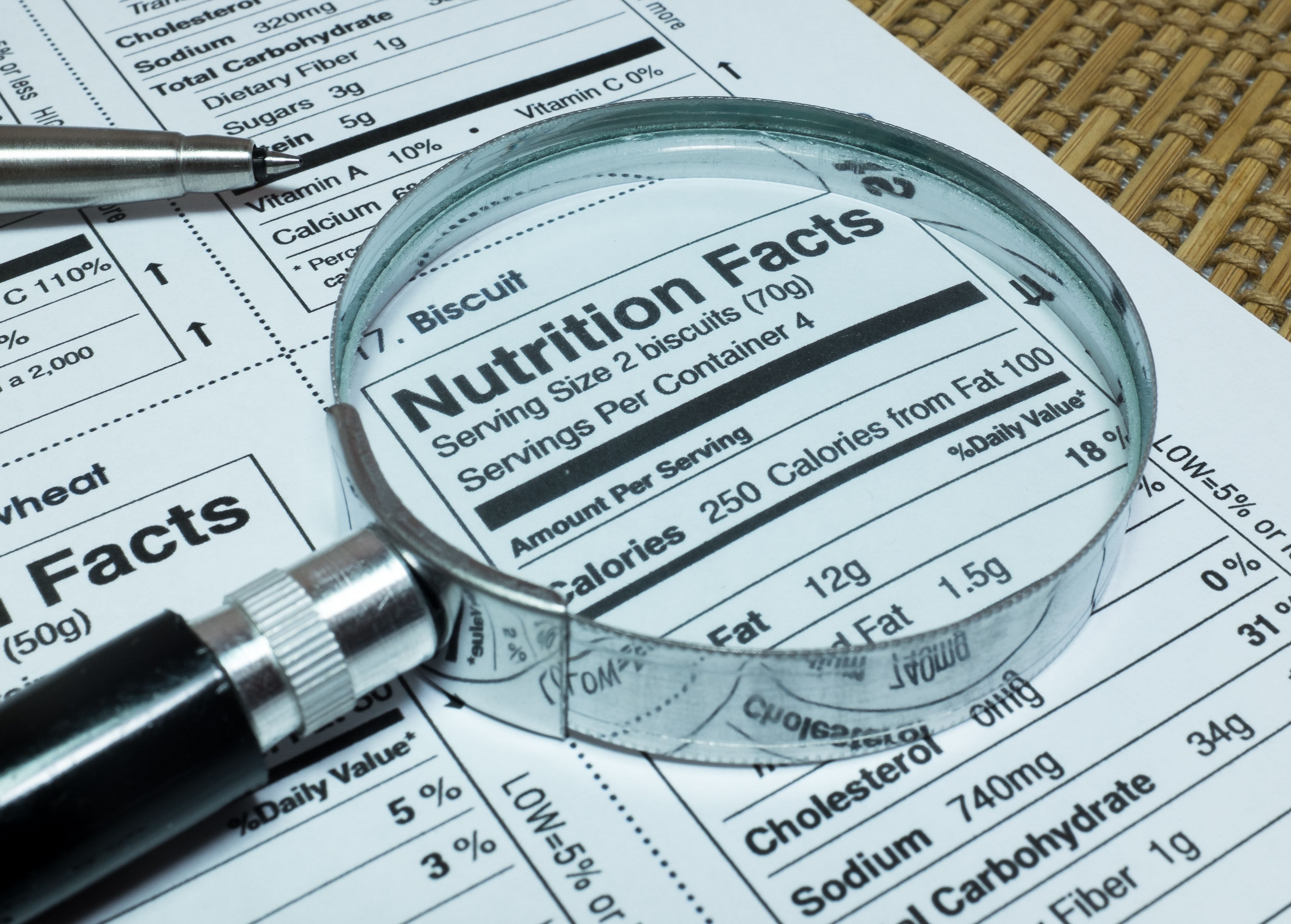Mastering Ingredient Lists: A Guide for Smart Shoppers
SF
Understanding Ingredient Lists
When it comes to making informed choices at the grocery store, understanding ingredient lists is crucial. These lists provide a breakdown of what goes into your food, allowing you to make healthier and safer choices for you and your family. By mastering the skill of reading ingredient lists, you can avoid unwanted additives and ensure you're consuming quality products.
Ingredient lists are typically found on the back or side of packaged foods and are required by law to list all ingredients used. They are usually organized in descending order by weight, meaning the first few ingredients are what make up the bulk of the product. This order can give you a quick indication of the product's nutritional value and what you are mostly consuming.
Decoding Common Terms
Ingredient lists often contain complex terms that might seem confusing at first glance. However, many of these terms are simply scientific names for everyday substances. For example, "sucrose" is just table sugar, and "ascorbic acid" is better known as vitamin C. Familiarizing yourself with these terms can demystify ingredient lists and help you make better decisions.
Another important aspect of ingredient lists is understanding food additives. Additives like preservatives, colorings, and flavorings can be present in many packaged foods. While some additives are harmless, others may not align with your dietary preferences or health goals. It's crucial to recognize which additives you want to avoid and learn their common names as they appear on labels.

Spotting Red Flags
There are certain red flags to watch for when examining ingredient lists. Ingredients such as high-fructose corn syrup, artificial sweeteners, and trans fats are often considered undesirable by health experts. Additionally, overly long ingredient lists can be indicative of highly processed foods, which may not be the best choice for a healthy diet.
Pay attention to the presence of allergens if you or someone in your family has food sensitivities. Common allergens like peanuts, tree nuts, soy, and dairy must be clearly labeled on ingredient lists. Always double-check for these if they are a concern for you.

Choosing Quality Over Quantity
When comparing products, it's important to focus on quality over quantity. A shorter ingredient list with recognizable items is often a sign of a less processed and potentially healthier product. Look for whole food ingredients such as whole grains, nuts, fruits, and vegetables listed early on.
Organic labels can also provide additional assurance about the quality of ingredients used. Products labeled as organic must adhere to strict guidelines regarding the use of synthetic pesticides and fertilizers, which can be beneficial if you're aiming for a cleaner diet.
Practice Makes Perfect
Mastering ingredient lists takes practice. Start by examining the products you already have in your pantry and familiarize yourself with their ingredients. As you become more comfortable with reading labels, you'll find it easier to navigate the aisles at the grocery store and make healthier buying decisions.
With time, you'll gain confidence in your ability to discern between high-quality products and those that might not meet your standards. Remember, being an informed shopper empowers you to take control of your dietary choices and contributes positively to your overall well-being.